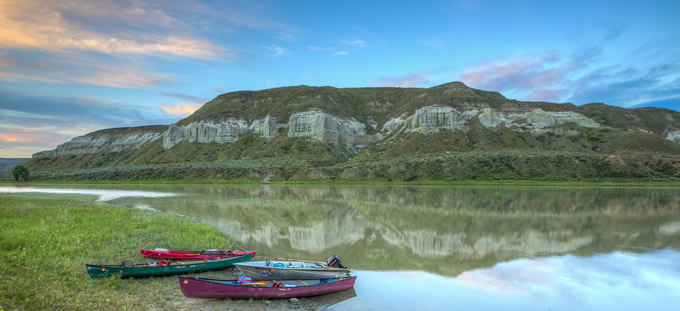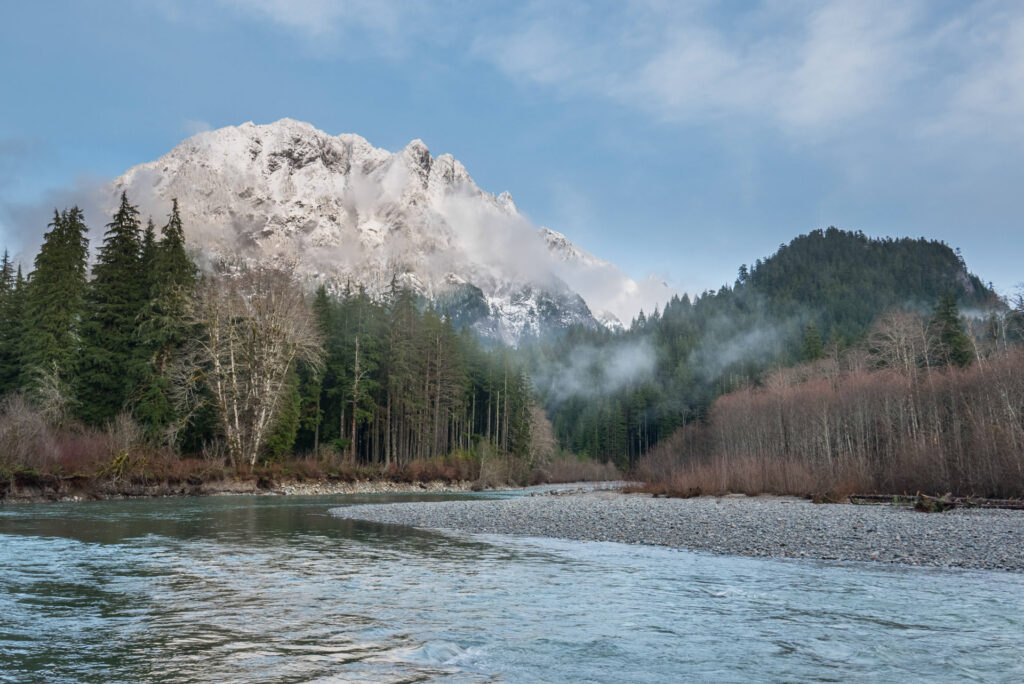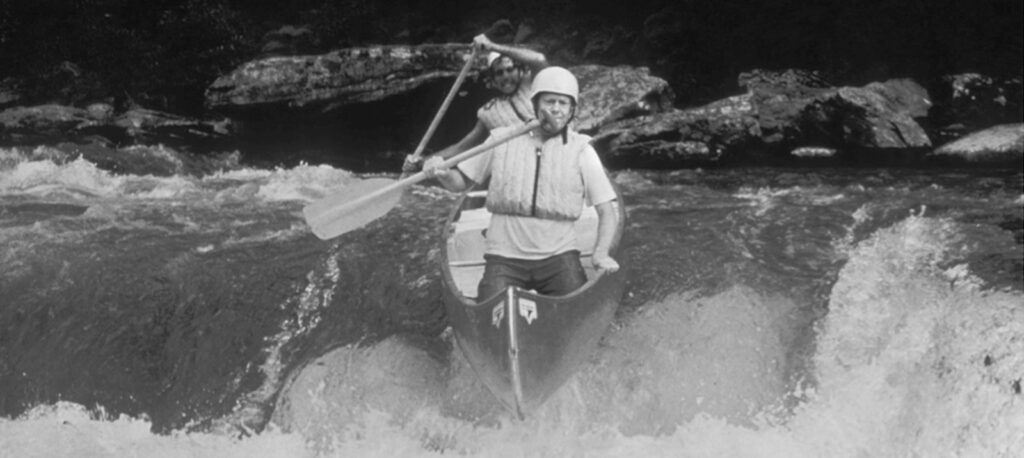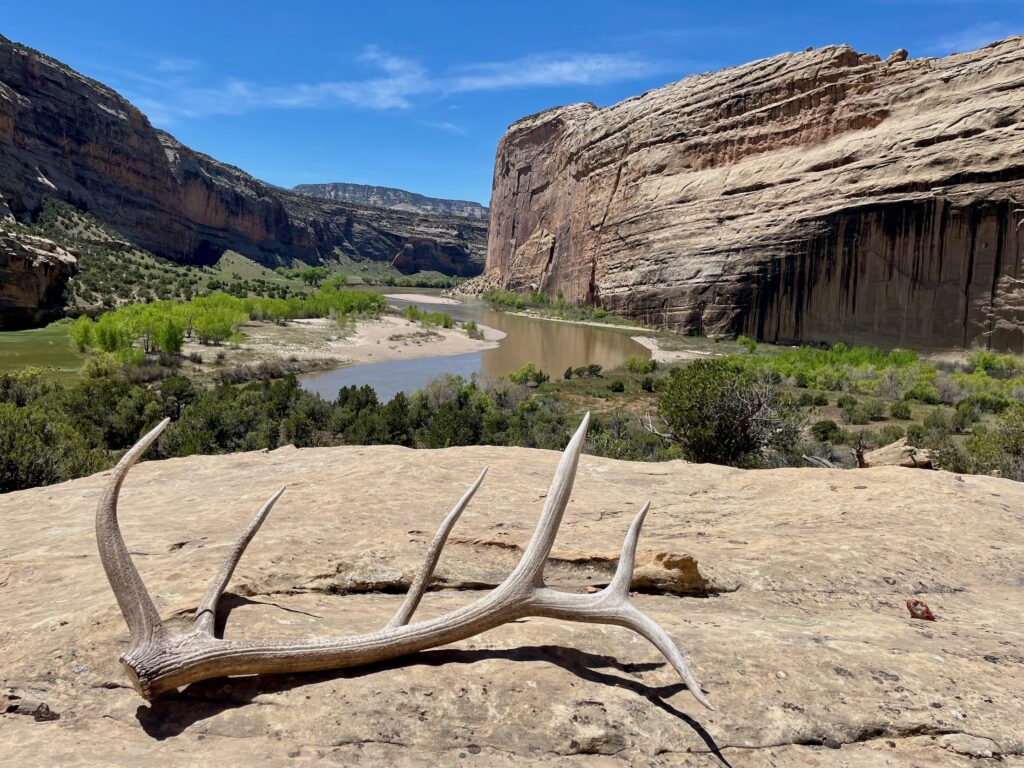We Are Rivers: 5,000 Miles of Wild
In this episode of We Are Rivers, we describe the impact we will make through our 5,000 Miles of Wild® campaign – including the protection of an additional 5,000 river miles and collecting 5,000 of your river stories.

This blog was co-authored by Fay Augustyn and Annemarie Lewis.
Every river, from the unsuspected stream trickling by to the largest river spanning a mile from bank to bank, has shaped memories and fueled stories between family and friends. Many of my fondest memories take place on or near a river. One of my favorites that I think back to often was a trip some time ago with my grandfather in Rocky Mountain National Park. As we hiked along the small stream that eventually grows into the mighty Colorado River, he shared with me many of his adventures, and how outdoor spaces like this make Colorado such a special place.
This past summer, I revisited this hike for the first time in over a decade. As I retraced our footsteps along this tiny stream, admiring the small trout moving from pool to pool, I was transported back to my teenage self and those moments with my grandfather. He was right – outdoor spaces, like rivers, whether in quiet, wild environments, or busier urban settings – connect us to the people we are with and the spaces we are in. These outdoor spaces deserve to be protected and enjoyed.
2018 marks the 50th anniversary of the Wild and Scenic Rivers Act, and today, thanks to the work of river advocates across the country, the National Wild and Scenic Rivers System safeguards more than 12,700 miles along parts of 208 rivers. Because 2018 marks the 50th anniversary of the act, American Rivers, American Whitewater, and other partners are launching their boldest river protection effort ever: 5,000 Miles of Wild.
In this week’s episode of We Are Rivers, we describe the impact we will make through the 5,000 Miles of Wild® campaign – including the protection of an additional 5,000 river miles and collecting 5,000 of your river stories. Stories cultivate and spread passion: your stories will illustrate the personal and cultural values of rivers to policy makers, and you can help the campaign by posting your own story here!
In the spirit of 5,000 Miles of Wild®, We Are Rivers host, Annemarie Lewis shared her river story with me, which involved the scariest moment of her life.
I was darkly submerged under water, inverted and struggling to unjam my foot from a crevasse in the bottom of a flipped dory. Over 200 river miles into the heart of The Grand Canyon, I will never forget how long seconds can drag when blood craves oxygen. This may not sound like a reasonable favorite river memory, but everything ended up okay, and, that night, I wrote in my journal: “To be reminded of a river’s raw power, I am humbled.” Somehow, I feel further impassioned to pursue adventures involving water. Perhaps this is why so many return to the river year after year, not for the comfort or for the luxury or pictures, but for the rawness of the moment and the uninsured outcome. This is incredibly grounding: the pull of the incalculable unknown, the pull that can be complex and dangerous, but also as simple as sitting by a river’s edge and contemplating the story of passing water. Let these moments be enough.”
Whatever your river story may be – a particularly joyful moment, a humbling experience, or a wild adventure, American Rivers looks forward to reading your own river story! Join us in listening to our new podcast episode to learn more about the 5,000 Miles of Wild® campaign and hear stories from river advocates and lovers from across the country.




1 response to “We Are Rivers: 5,000 Miles of Wild”
I had the privilege to traverse the Green River from Green River Wyoming prior to the closure of Flaming Gorge dam, and Glenn Canyon prior to that dam. From Green River Wyoming, through the many canyons and finally through Grand Canyon to Grand Wash Cliffs, where the Colorado River leaves the Colorado Plateau and enters the Great Basin, the river was a miracle of geological beauty and rich biodiversity. The geology is now partly submerged and the vegetation, aquatic insects, and fish species mostly destroyed. But protection is still needed for these waters and their dependent life. Their long-term history and recent degradation still have important and useful stories to tell us.